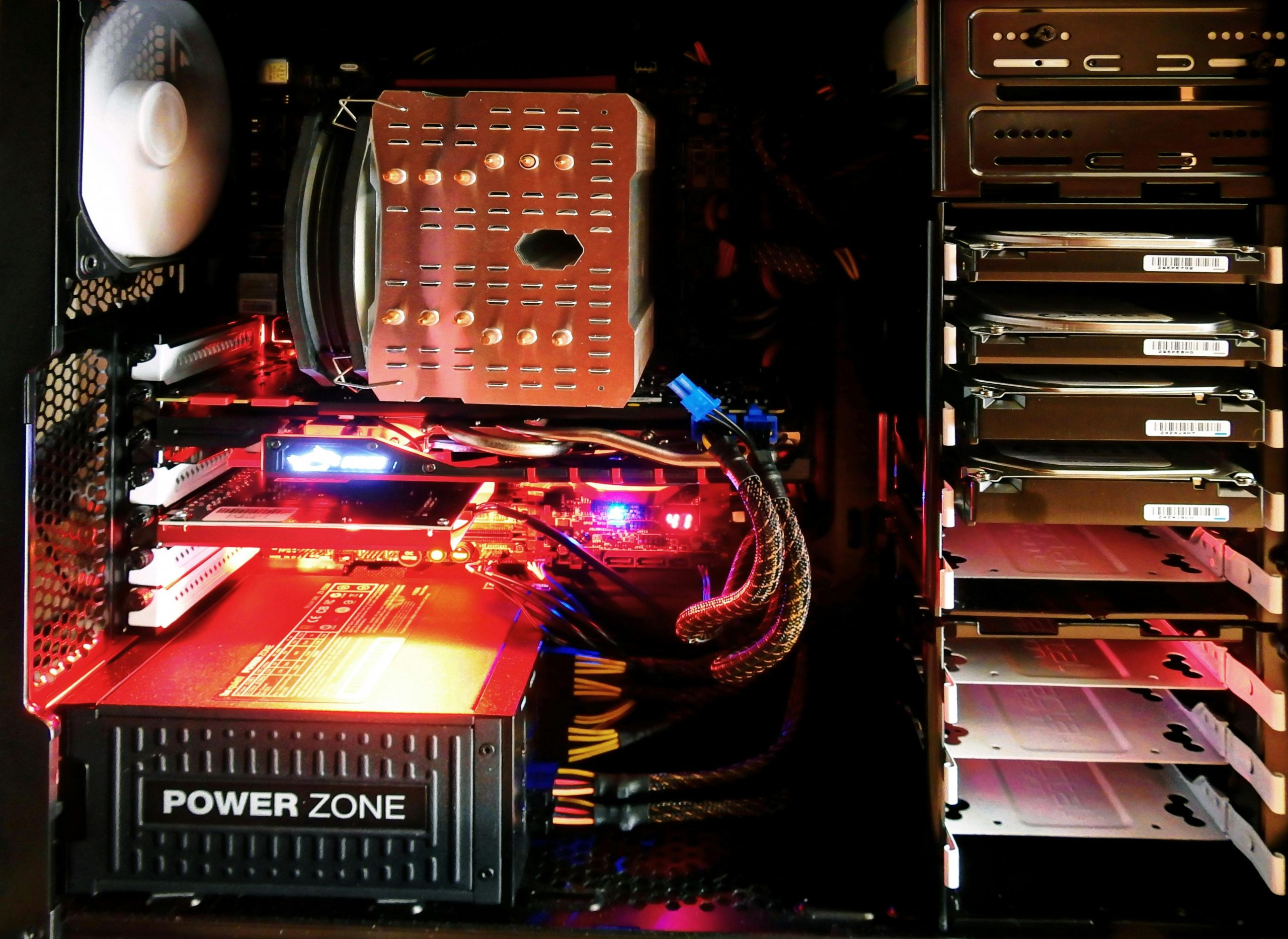Title: Troubleshooting Persistent Double Blinking Amber Light on Dell OptiPlex 7040 Despite Hardware Replacements
Introduction
Encountering hardware error indicators can be a vexing experience, especially when they persist even after replacing critical components. If you’re facing a constant double blinking amber light on your Dell OptiPlex 7040, despite having replaced the motherboard and tested the CPU, you’re not alone. This article explores common causes, troubleshooting steps, and potential solutions to resolve this issue effectively.
Understanding the Indicator Light
Dell desktops often use diagnostic LED indicators to identify hardware issues. On the OptiPlex 7040, a double blinking amber light typically signifies a system error related to hardware components, such as memory, motherboard, or other critical parts. Correct interpretation of this indicator is essential for targeted troubleshooting.
Initial Symptoms and Background
In this scenario, the user has experienced the double amber blinking light since first acquiring the system. They consulted professional technicians—specifically Geek Squad—who initially diagnosed the motherboard and CPU as faulty and recommended replacements. After reversing their diagnosis and replacing the suspected faulty components, the problem persists.
Key Observations:
– Fans spin upon power-up, indicating initial power delivery.
– The green activity light on the CD drive briefly turns on and then off.
– The double blinking amber LED continues without resolution.
– Standard resets, including CMOS clearing and RAM reseating, have not alleviated the issue.
Troubleshooting Steps
- Verify Power Connections and Internal Components
- Ensure all internal power connectors are secure.
- Check for any loose cables or damaged wiring.
- Reseat and Test Memory Modules
- Remove and reinsert RAM modules carefully.
- Test with known-good RAM if available.
- Remove Non-Essential Hardware
- Disconnect peripherals and expansion cards to isolate potential conflicts.
- Perform Power Drain and CMOS Reset
- Disconnect power, hold the power button for 30 seconds, then reconnect.
- Clear CMOS settings using jumper or BIOS reset procedures.
- Check Diagnostic LEDs and Beep Codes
- Refer to Dell’s diagnostic indicator guide to interpret any specific signals.
- Test with Minimal Hardware Configuration
- Use only essential components (CPU, one RAM stick, storage, and power supply) to start the system.
- Inspect for Physical Damage
- Look for swollen capacitors, burn marks, or other visible damage on the motherboard.
Additional Considerations
- Firmware
Share this content:

